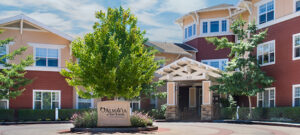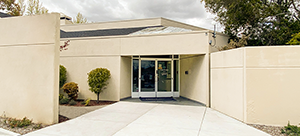Are you feeling challenged to stay fit as you get older? If so, you’re not alone.
Metabolism begins to slow with age, and a healthy diet and a little exercise aren’t always enough to keep fitness at an even keel. For people in their 30s and 40s, some experts recommend increasing cardiovascular activities to boost heart health.
As people enter their 40s and 50s, avoiding injury becomes more of a focus. In this phase of life, concentrating on good posture and working the back muscles that keep the spine straight can help keep exercisers pain-free.
A Day to Focus on Fitness
On May 31, seniors across the country participated in activities to recognize National Senior Health & Fitness Day. Some 10,000 seniors were expected to take part in activities at more than 1,000 locations around the country.
The event, in its 24th year, is the largest yearly health promotion for seniors, with a goal of helping older adults maintain their wellness.
Staying Fit into Your 60s and Beyond
For seniors, maintaining fitness can become more challenging than for younger adults, but it’s achievable with good habits. The strength of your muscles and bones plays a key role in your ability to continue exercising, so be sure to check with your doctor to ensure that you’re getting enough vitamin D and calcium.
In addition, be aware that you may need additional protein to help preserve the muscle tissue you already have. To meet your daily requirements, incorporate healthy foods like nuts, lean meats, legumes and low-fat dairy into your diet.
Research has found that older adults often need to work harder to maintain muscle mass than they did when they were younger. To prevent the muscle loss that can occur with age, many seniors find it necessary to participate in weight training, which has the added benefit of promoting bone health.
If you’ve never lifted weights, check with your doctor before starting. Working with a professional trainer who can check your form also is a good idea as you’re getting started. If you’re already participating in a weight-training routine, consider working with a trainer to gradually make your workout a little more challenging.
Joint preservation also is critical to maintaining fitness as we age. To keep your hips and knees working properly, focus on aerobic exercises that are easy on joints — such as walking, swimming and biking — and scale back on higher-impact exercises like running.
No matter your current level of fitness, the key to getting in shape — and staying that way — is developing a routine you can sustain over time.




















